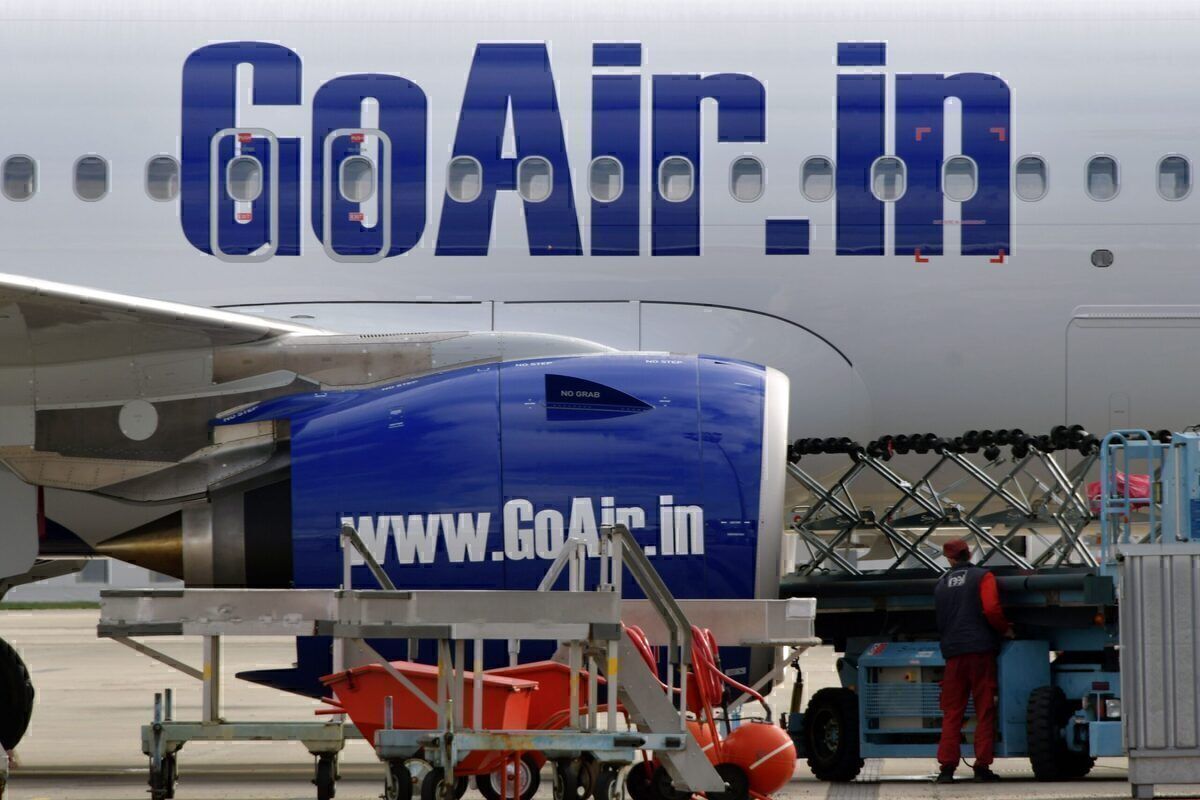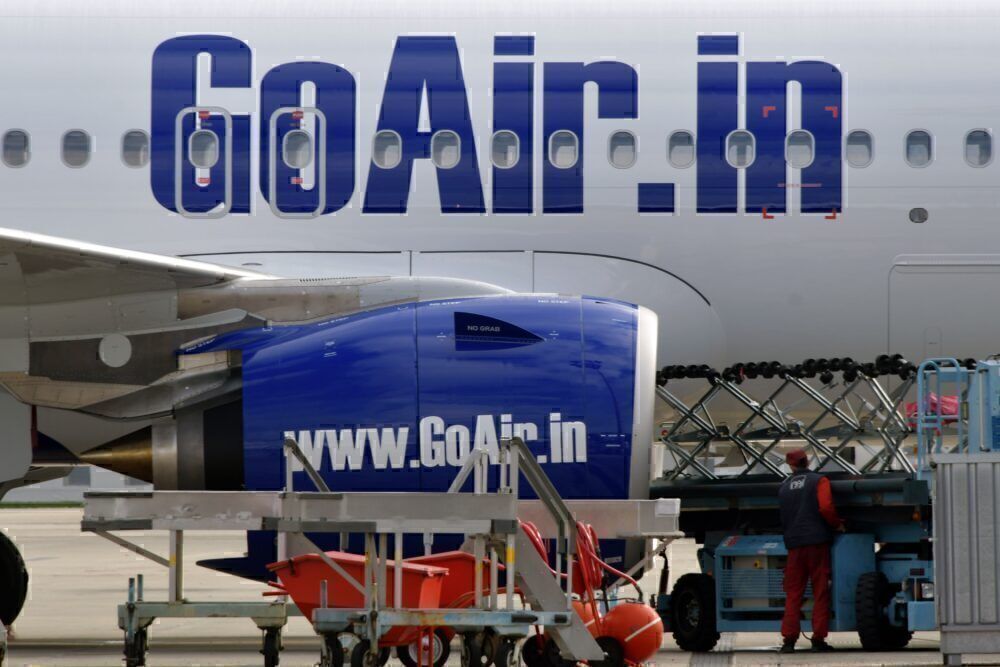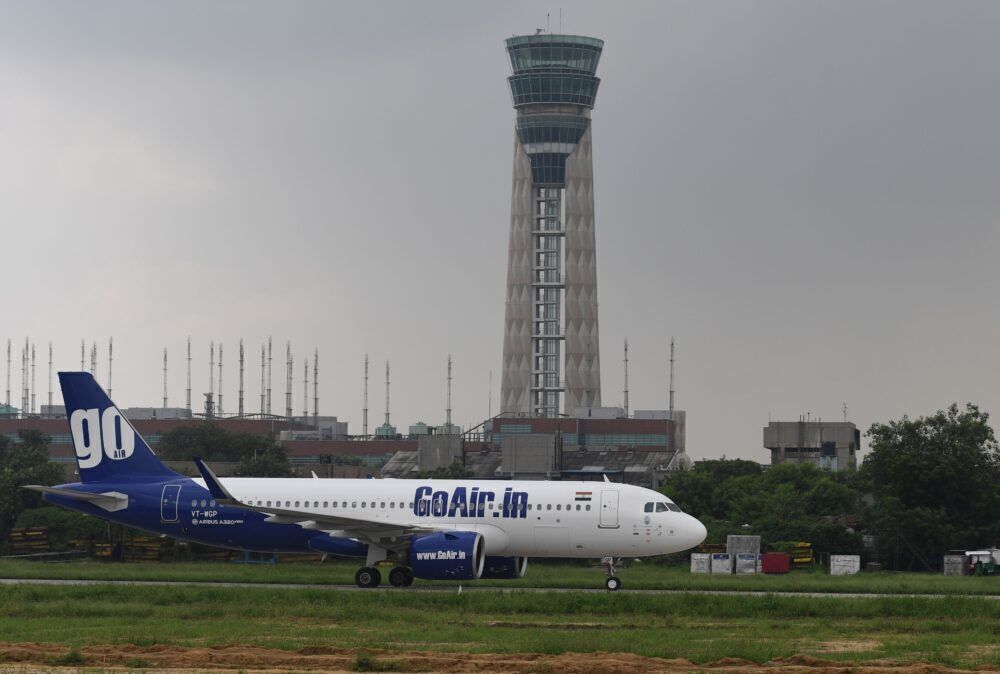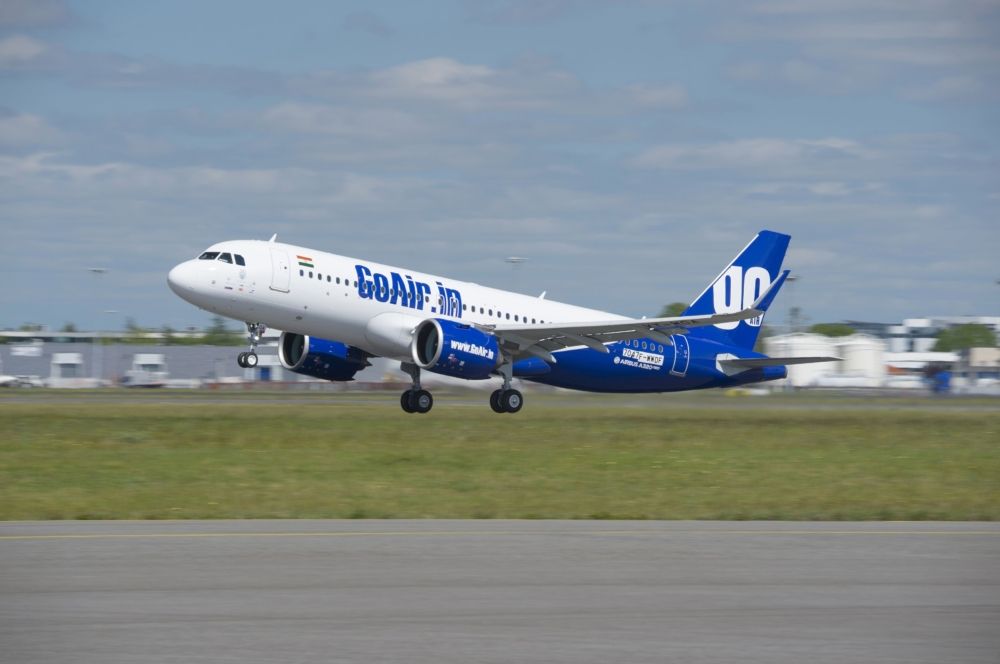This Friday marked the 16th anniversary of the Indian low-cost carrier Go First (formerly known as GoAir). The airline was one of many that launched during the country's low-cost boom and has charted a unique path ever since. Let's take a look back at the airline's history and plans for the future.
16 years
Go First began its life in November 2005 as GoAir, a name it retained until a rebranding earlier this year. The airline was founded by Jeh Wadia and is wholly owned by the food-to-textile conglomerate Wadia Group.
Go First made its inaugural flight on November 4th, 2005, flying from Mumbai to Ahemdabad using the Airbus A320. The carrier expanded in the months that followed, flying to cities like Goa and Coimbatore. The two leased A320s quickly converted into an order of 20 aircraft in 2006, establishing GoAir as a major player in the market.
The carrier quickly continued its expansion with flights to all parts of India, including other major hubs like Delhi and Bangalore and new regions such as the Northeast and South of India. However, the airline did scale back some of its ambitious plans, such as flying 36 planes by 2008, after the financial crisis and high fuel prices.
Get your boarding pass to the flight of the year. The Future Flying Forum is taking off soon!
Slow and steady
In the 2010s, GoAir decided to change its strategy. Instead of trying to dominate the market like IndiGo and SpiceJet, the airline would carve out its own niche and focus on specific routes to increase revenues slowly. This was done to put profitability first, a notable choice given the razor-thin margins in the Indian aviation sector.
The carrier placed an order for 72 A320neos in 2011, setting the first delivery for 2015 (the first one arrived in 2016). This meant the airline flew around 30 planes during its first decade, far fewer than rival IndiGo. However, this strategy paid off, at least for a few years.
GoAir turned a profit in financial years 2012-2018, a phenomenal feat given that this period saw several airlines collapse and nearly all fail to turn a profit. This streak of profitability, even if not too large due to the competitive market, gave GoAir an underdog status in the market, being able to succeed without burning millions to increase its reach.
Raising funds
While GoAir's strategy worked well for nearly a decade, the industry is everchanging. The airline saw its first losses creep in during the FY2018, which expanded greatly the following year. However, the pandemic caused huge debts at GoAir, as it struggled to pay off basic expenses and could not fly. In FY20, the airline took a loss of ₹1,207 crores ($135mn), its biggest one yet, and this year is not looking much better.
Now, GoAir is starting afresh. In May, the carrier relaunched as Go First, the country's first ultra-low-cost carrier, and is now planning a major IPO to pay off its debts. For now, Go First is looking to redefine itself in a new, post-pandemic market.
What do you think about Go First? Let us know in the comments!




